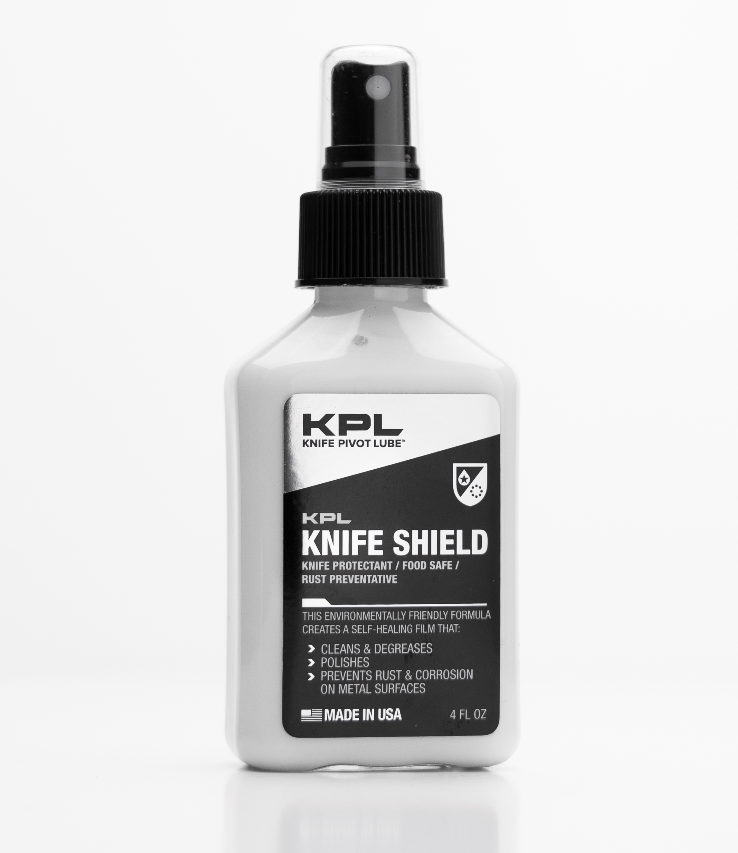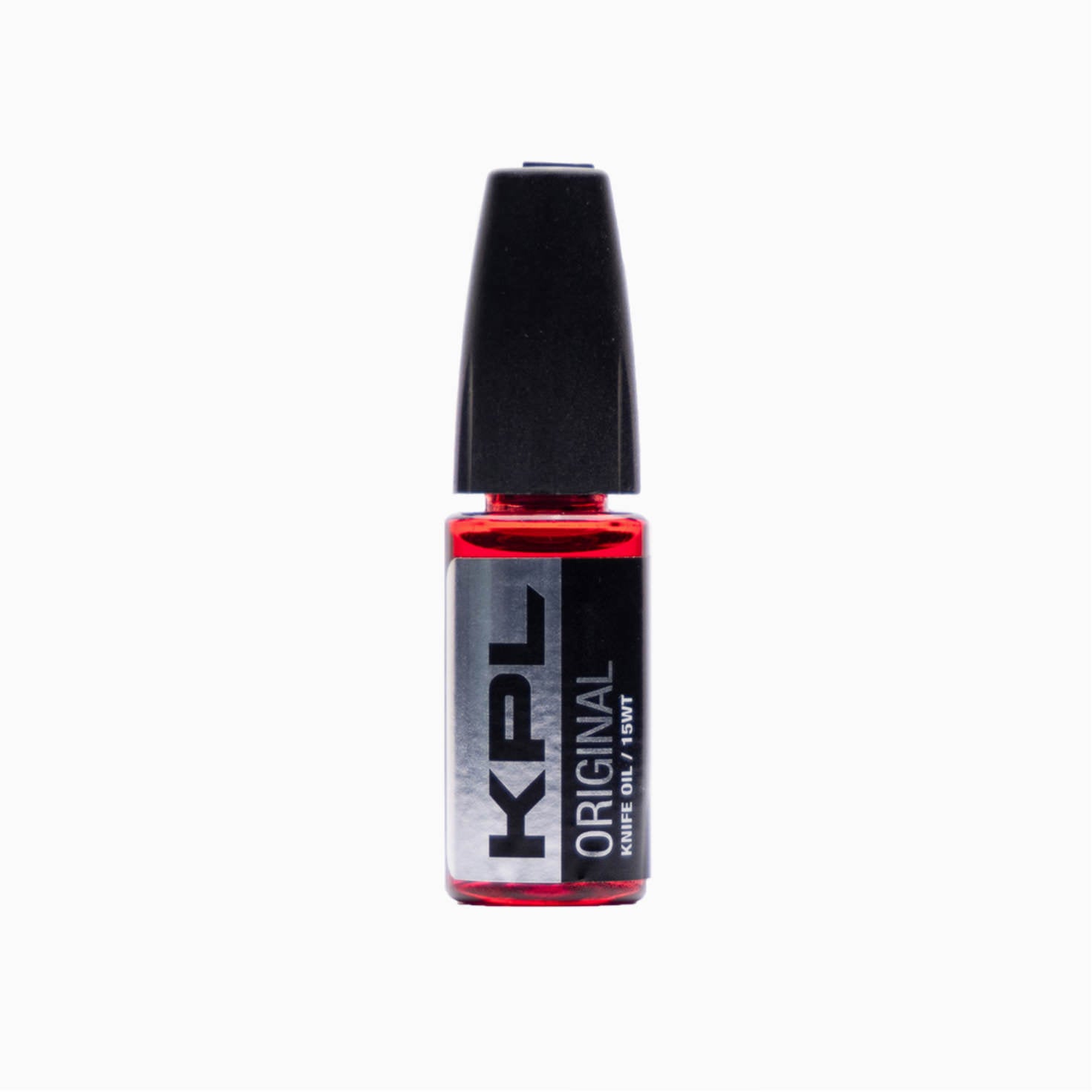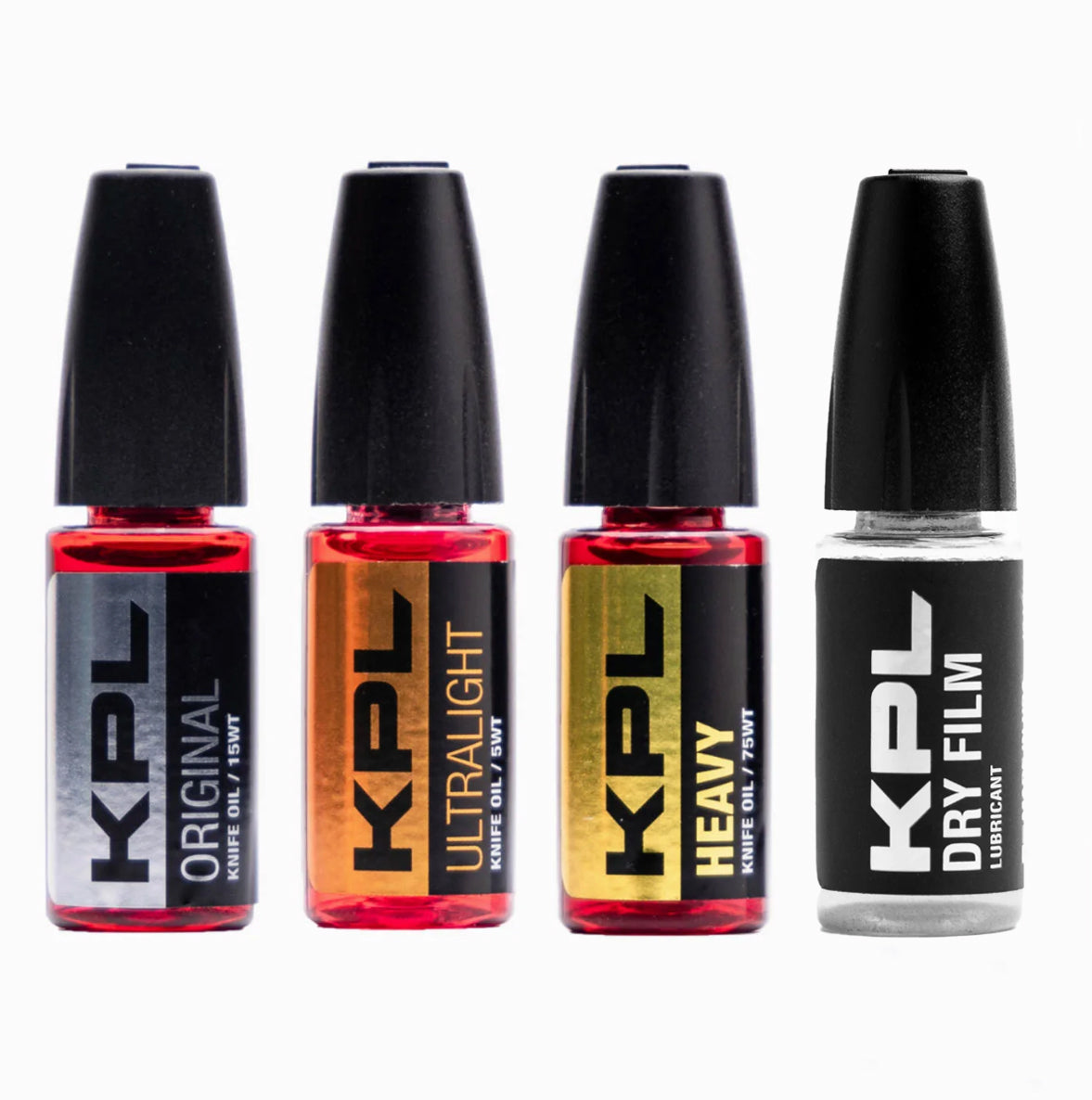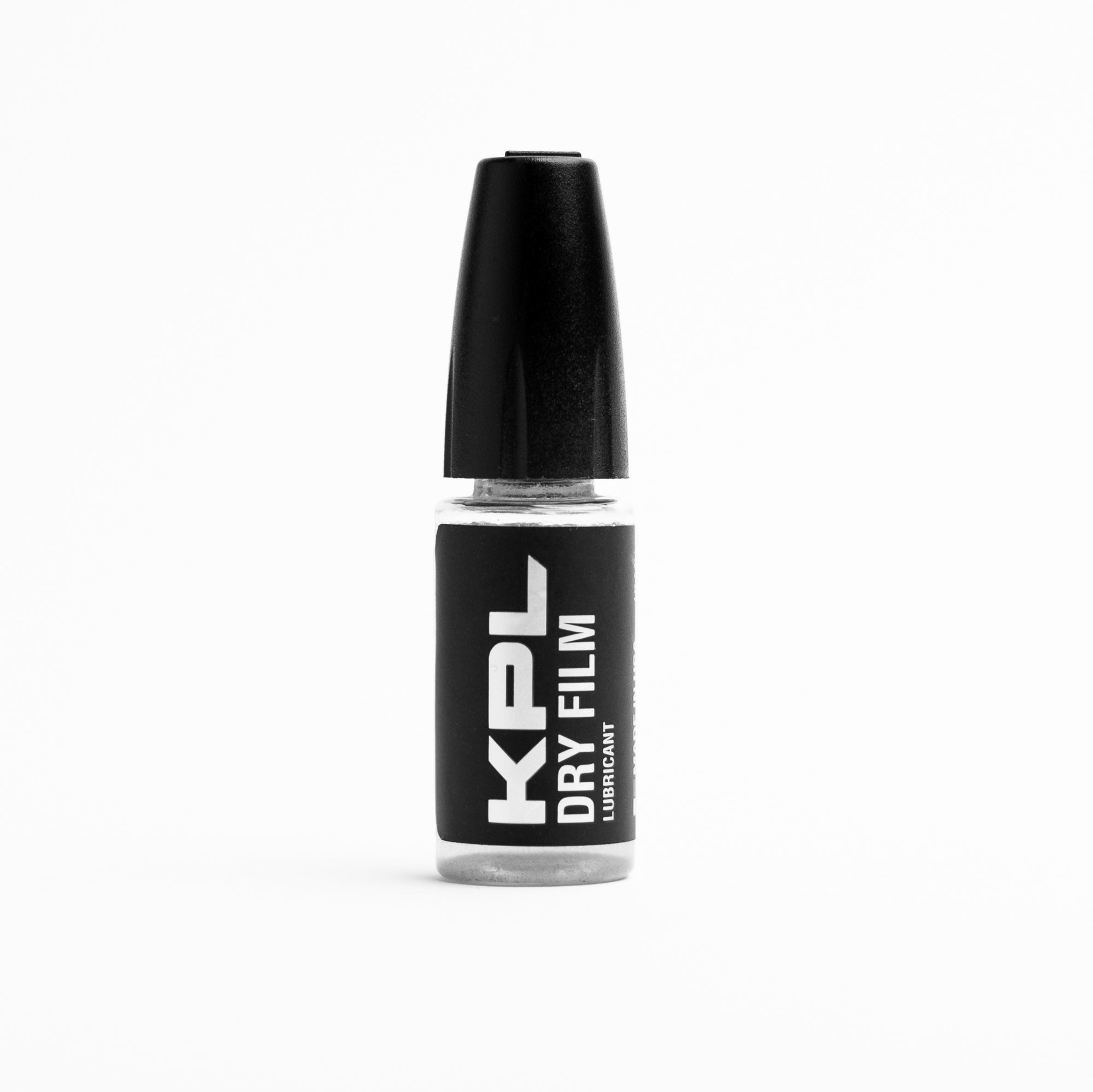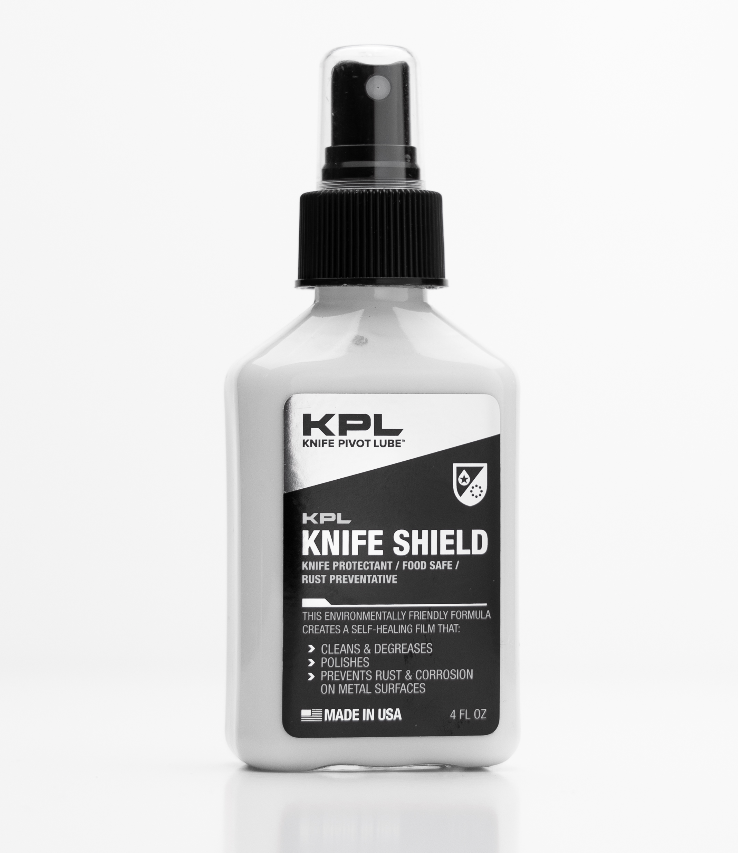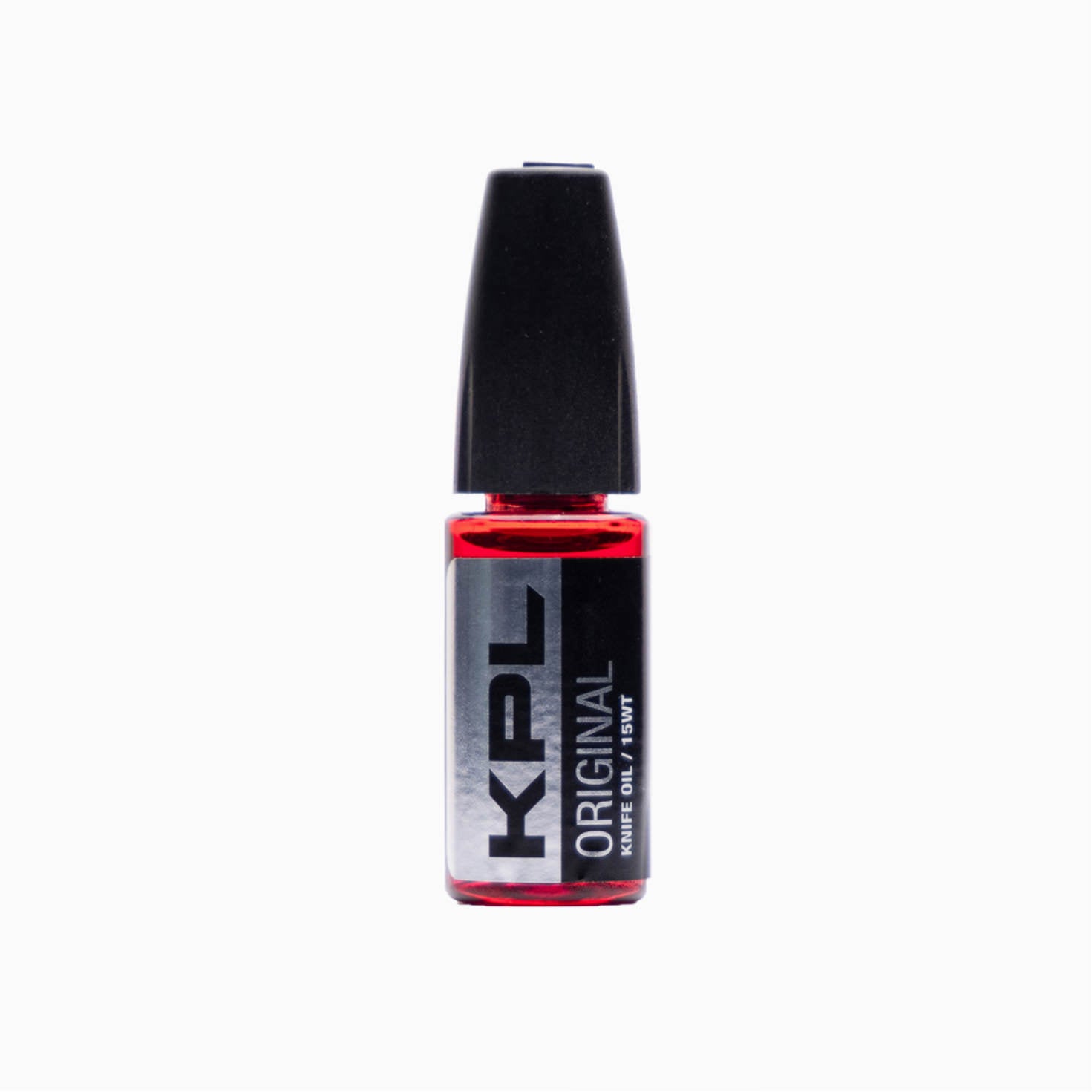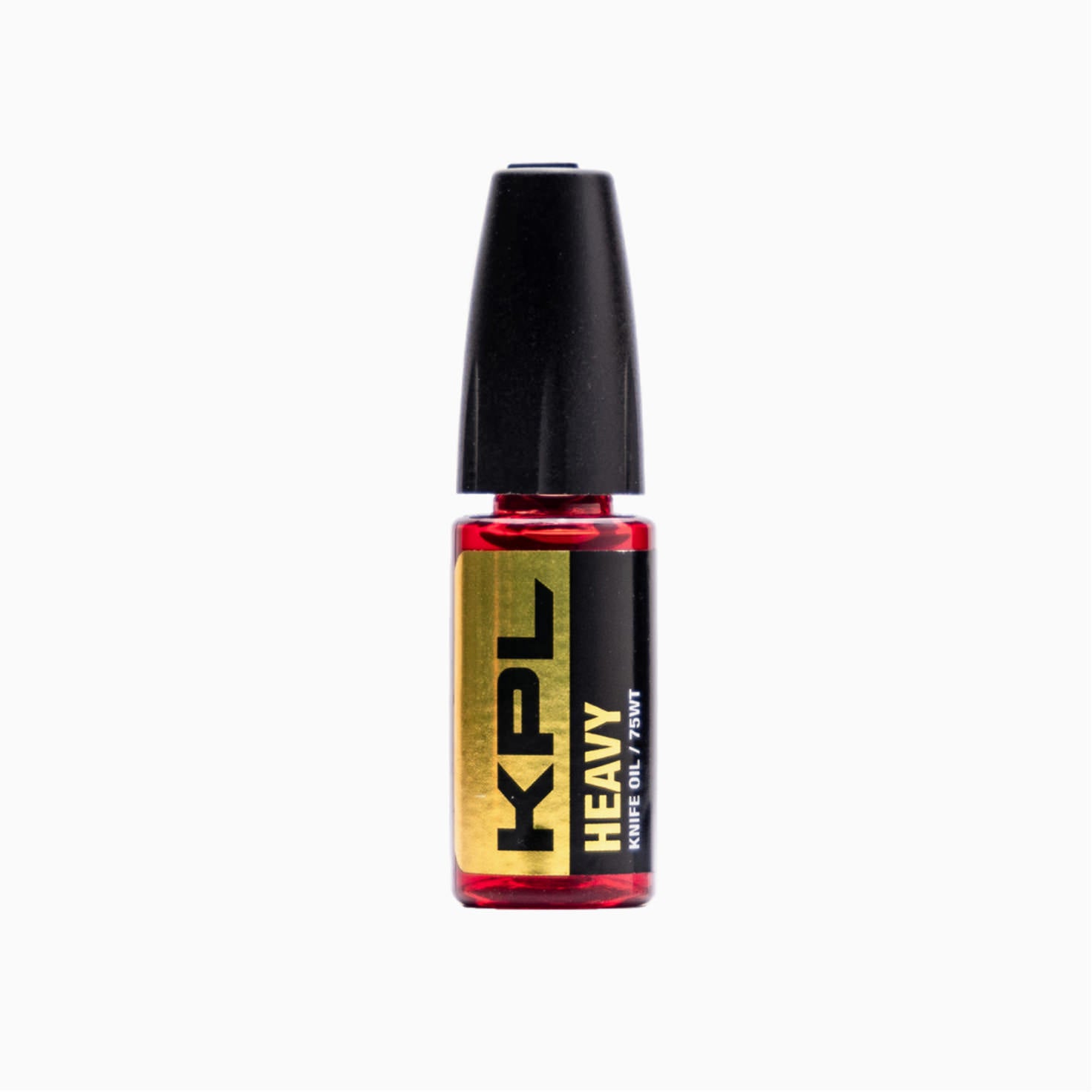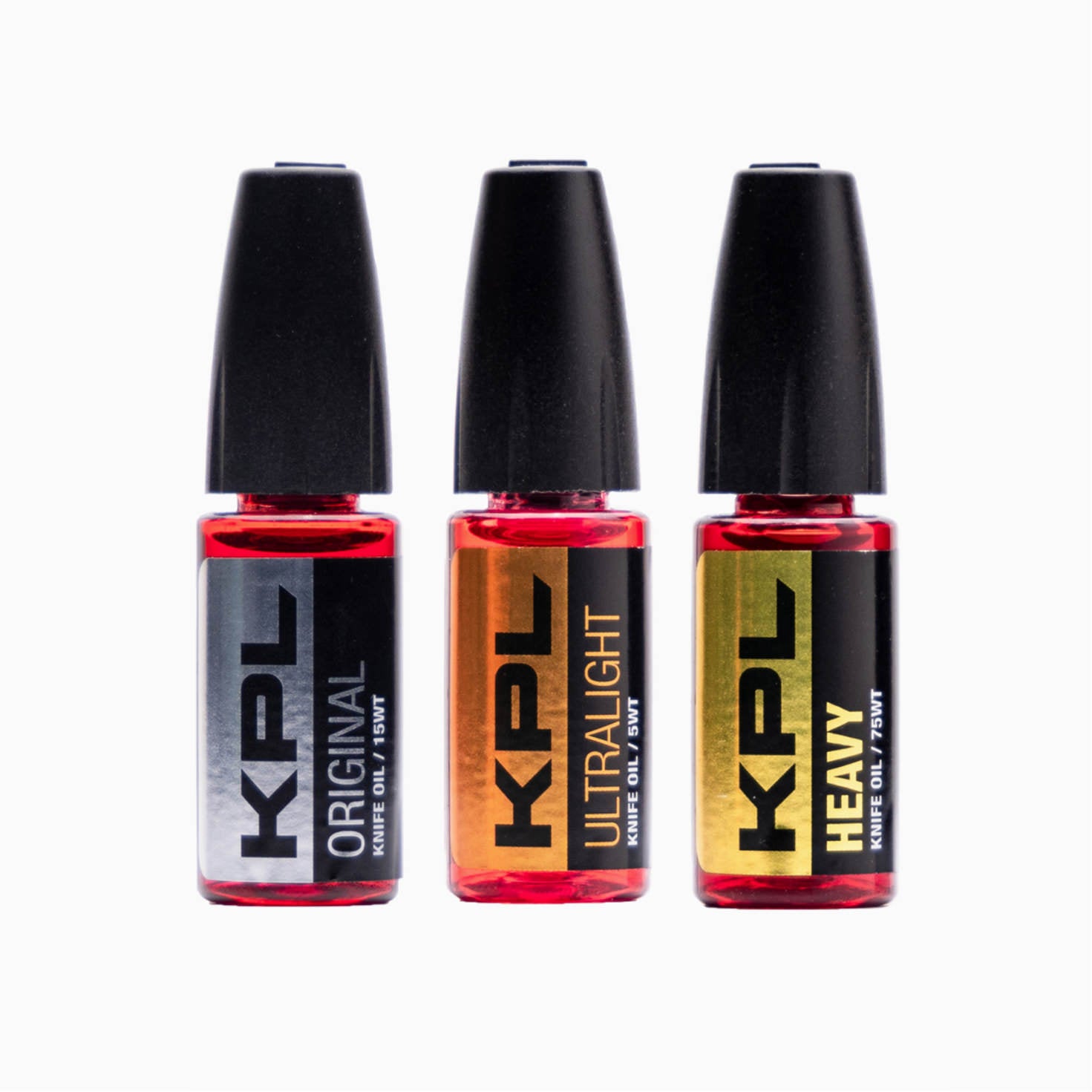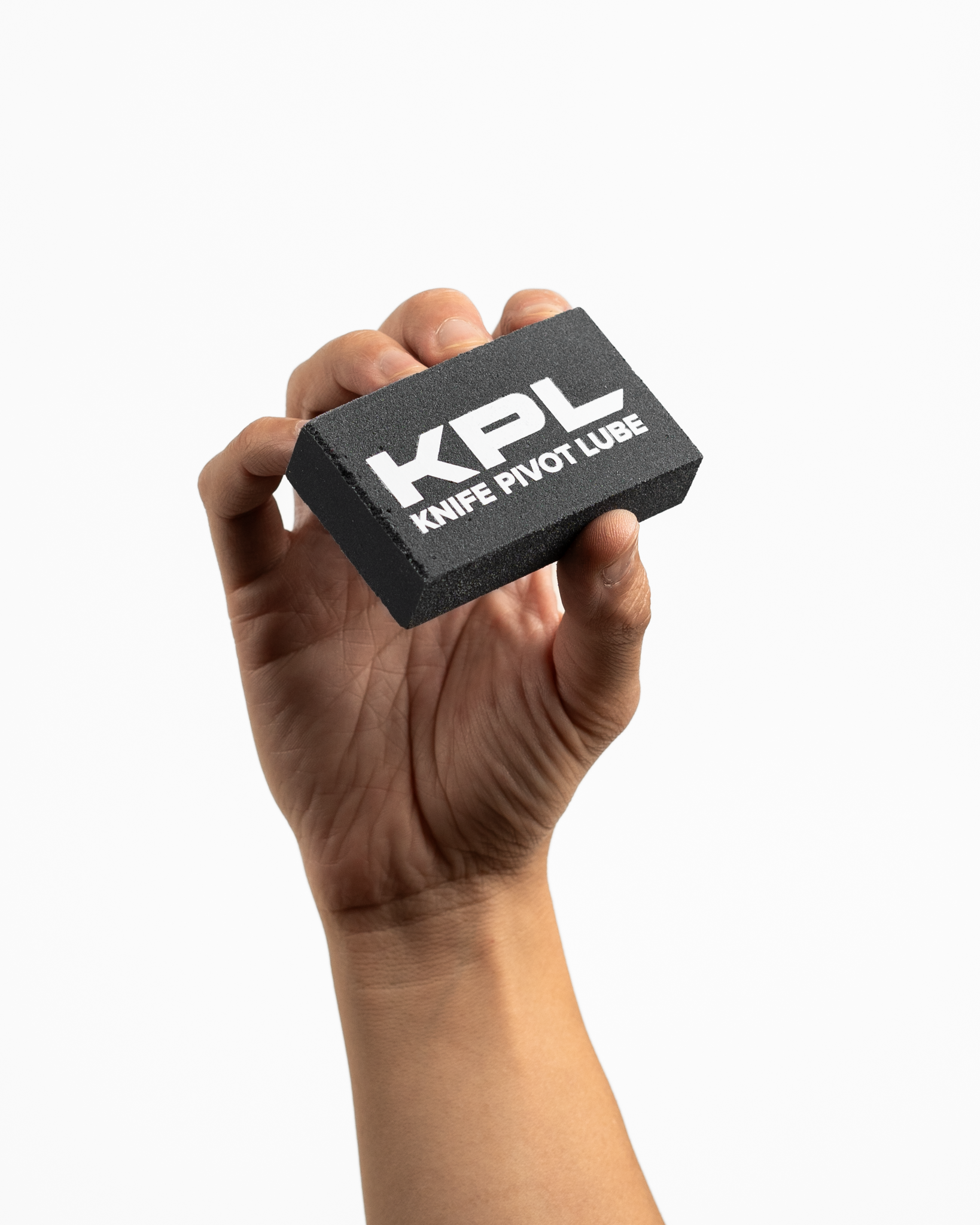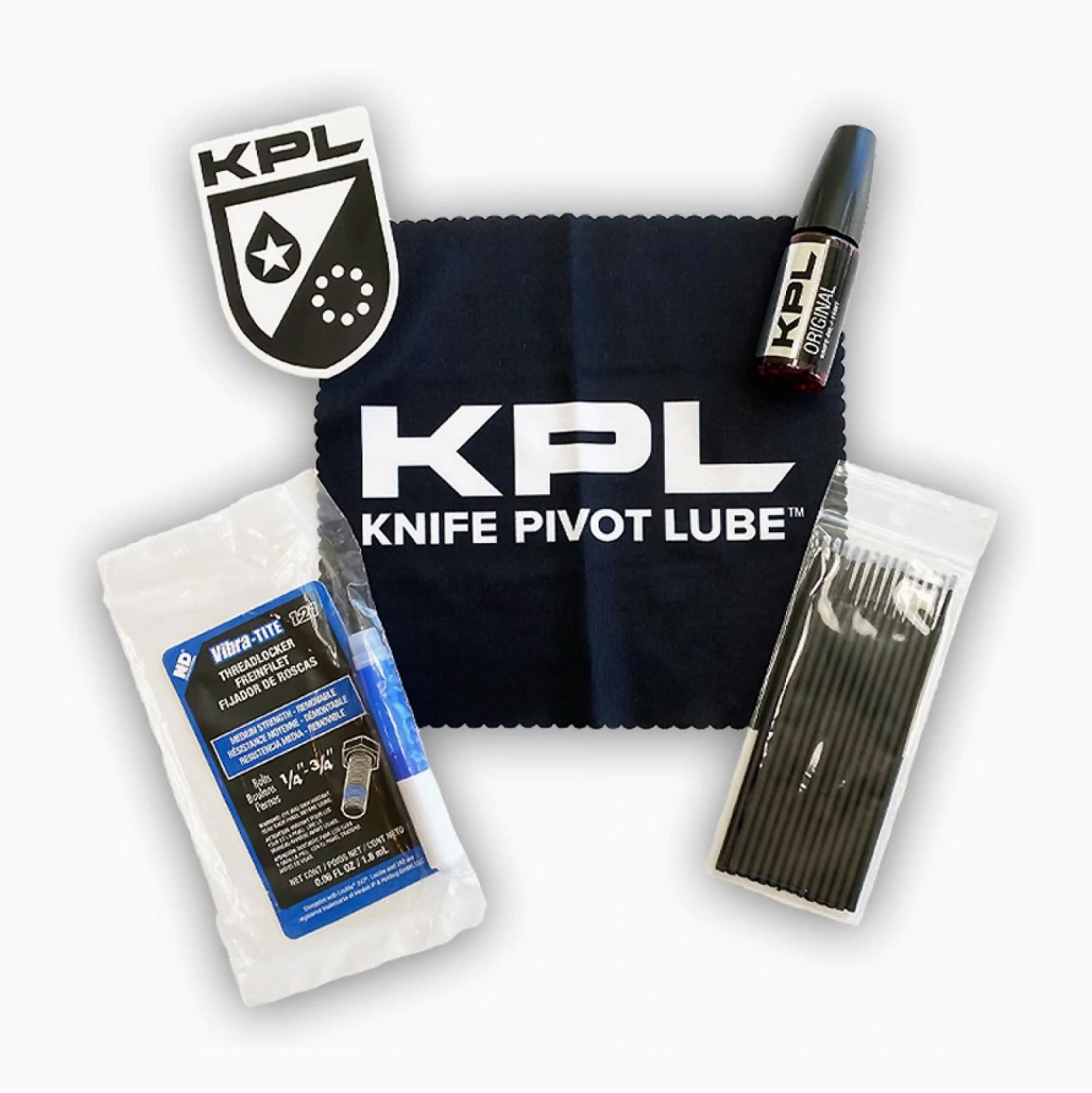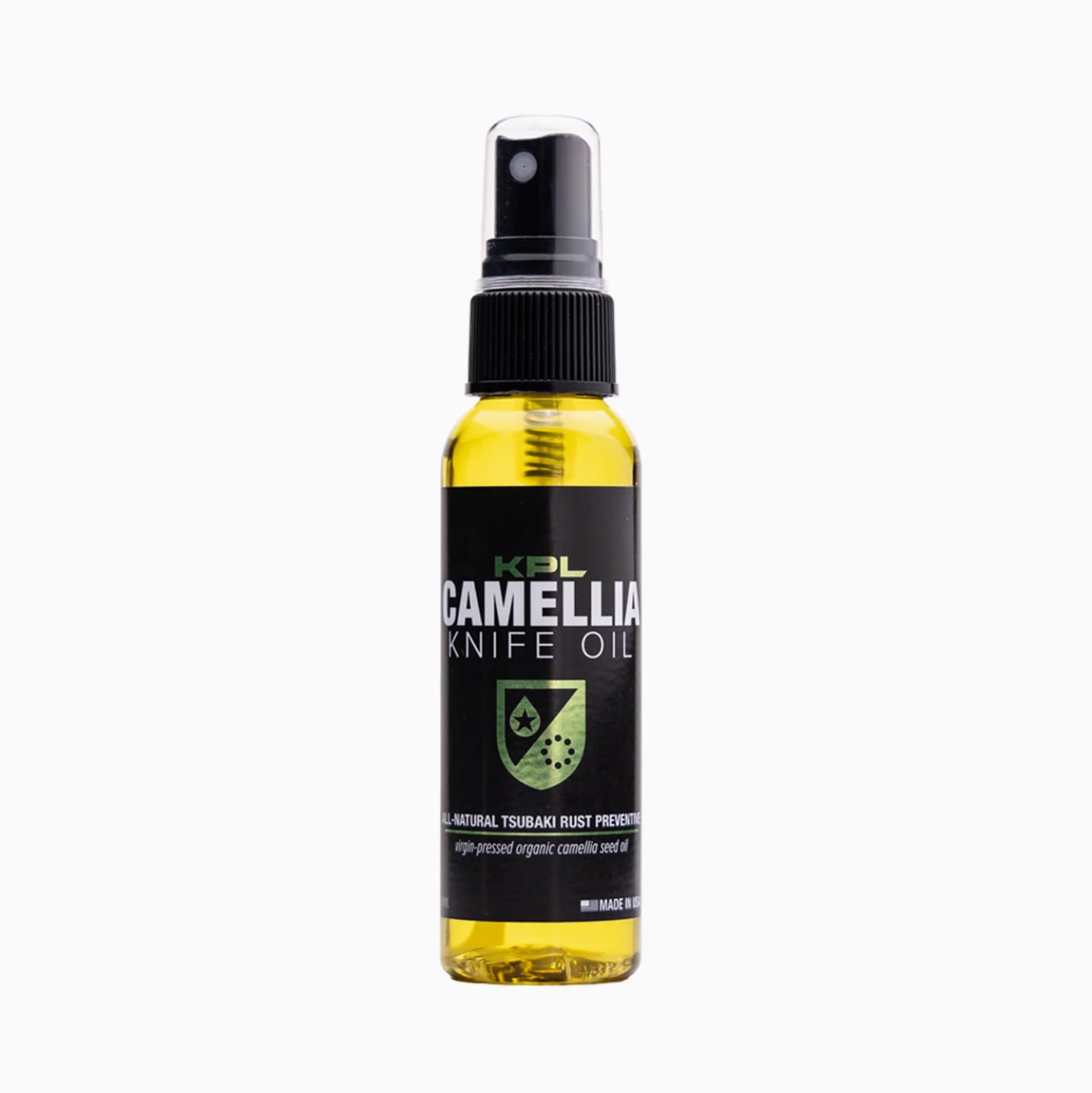While most of us knife geeks know basic knife anatomy like the back of our hand, having a refresher and a deeper look never hurts. Taking a look at not only the parts and pieces, but also the function, and how to consider various aspects of the pocket knife can lead to making better educated purchase decisions when deciding on a knife.

Let's remember, a knife is a tool. We might lust over a good looking blade that has nice scales and hardware, but nothing is more pleasing than a solid, reputable, knife that is as much a conversation piece as a workhorse.
Like a wristwatch, knives have a specific function: to cut, slice, chop, and work. So with all of that being said, knowing the best attributes and anatomy of a knife can lead you down the right path in figuring out what's best for your use case.
Tip

Depending on the use case, the tip of the knife is where a lot of the action lives. Like blade grinds, there are a myriad of tips, which we've covered in the past. A few of the more popular ones are spear tip, clip point, drop point, chisel point, tanto, and sheep's foot.
Tips, similar to the blade grind, mostly define the use case and category of the knife. Many self defense and military knives will see a spear point or tanto point as both self defense and multi use, whereas you're more inclined to see a drop point on a hunting or hiking knife.
Start with defining what you plan on using your blade for in order to determine what tip is best suited. Hard use knives for cutting rope and being less "stabby" should have a more robust or blunt tip.
Blade and Steel Type

If it hasn't already been said enough, other than tip, the blade grind is the most important way to determine what for, and how you're going to use your knife. That said, the blade is where all of the magic happens.
Scandi grinds, chisel grinds, flat, sabre, and others are all important depending on preference. However, combining that with another key attribute, the blade steel is how we compliment that grind.
Being cognizant of your use case can determine how soft your steel should be, and of course, how often you'd like to sharpen. Realistically, there's no best answer to blade steel, despite many knife snob opinions. Being sure with your use (let's say, cutting rope) would warrant a steel that is tougher to sharpen, but requires it less often. Combining that with another blade attribute such as serrations could also be another enhancement of the overall anatomy.

All in all, being selective on use case has everything to do with preference, but often times, preference is driven by the blade.
Spine

For folks who love folding knives, the spine is often a place to rest the thumb. Whittling, carving, cutting fruit, and other tasks usually call for a pocket knife that has a nice, stable spine. Enhancements on this part of the anatomy could be additional roughness to the material, or jimping, a sort of dull serration of the spine in order ton increase overall grip
Thumb Stud or Flipper

For one handed opening, if your knife has a flipper or thumb stud, you're in luck. These two ergonomic aids help in quick opening without fumbling both hands around the sharp tool.
Some knives with flippers and thumb studs may also have an assisted opening mechanism in order to mimic an auto knife, which is helpful in order to streamline deployment even further.

Though not seen in many traditional folding knives, these attributes are ubiquitous in the more casual knife design circles, and are especially popular in tactical knives. As usual, depending on use case, you may very well need a one handed deployment mechanism in order to solidify a purchase.
Locking Mechanism/Pivot

Here at KPL, the locking mechanism and pivot are our favorite parts of the knife anatomy - mainly because we know how to properly lubricate a knife!

Locking mechanisms come in a few popular forms - the patented axis lock, the frame lock, slipjoint, back lock, and liner lock are just a few. When making a decision on a knife based on use case, the lock may be just as important as the blade!
The reason lives in the ability to keep a folding knife open and locked in place during use. Locks are not all made equal, so someone routinely cutting things around the house may not be as concerned as a mountaineer who often cuts rope with a hard use folder.

Taking these small details into consideration can also be important in ease of use. Just like a flipper or thumb stud for one handed opening, having a locking mechanism that's easy to close safely with one hand can be very important.
Handle and Scales

Last but not least, we have the place where the hand meets the tool. History tells us that ergonomics make work easier, so naturally it's wise to make a consideration for handle shape and the scales (or handle material) being used.

Handle shape all depends on the user. There's no right or wrong answer, but at the end of the day it has to compliment the use case, and ultimately, the scales.
With scales, look for something reasonable and comfortable. Very aggressive cuts may not be necessary for around the house, but if you want extra grip and plan on wearing gloves, a little more "tread" may not hurt.
With that comes material. Slippery use tends to favor G10, which actually fares well when moisture or rain is an issue. Other scale materials like micarta are also mild, yet allow for reasonable grip.
Morphing grip, ergonomics, and use case, along with the other anatomy attributes will surely make for a well educated selection of a pocket knife. However, if you're like me, having just one knife for a use case is never enough, so it makes sense to just keep collecting!

